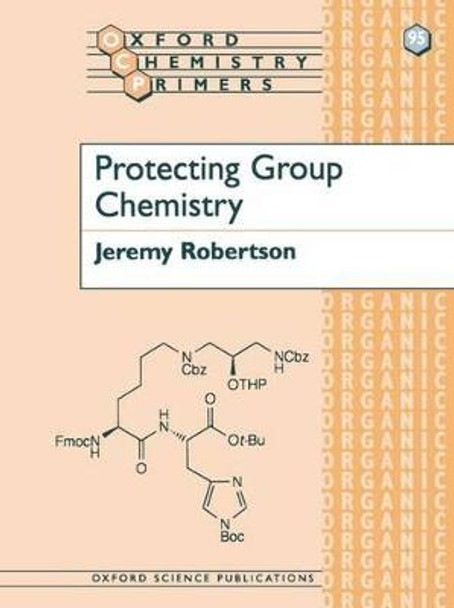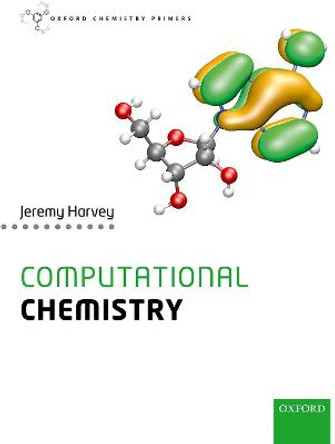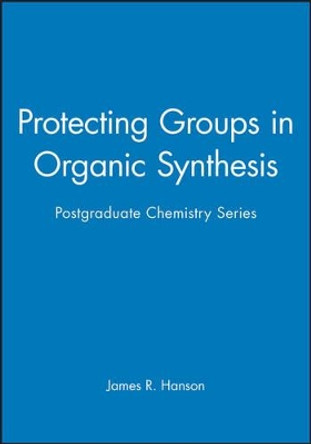Protecting Group Chemistry provides an overview of the general methods that are used to block the reactivity of - i.e. protect - specific functional grops thus allowing others, present within the same molecule, to be manipulated unambiguously. An introductory chapter outlines protecting group strategy, relevant aspects of functional group reactivity, temporary protection, and introduces the concept of protecting group devices as an aid to unifying the wide range of available methods. The rest of the book is divided on the basis of broad classes of the experimental conditions that lead to cleavage of each protecting group (acid/electrophile, base/nucleophile, oxidising or reducing agent). The treatment differs from traditional texts in that it places the emphasis on making a connection between the fundamental mechanisms of organic chemsitry - ionisation, substitution, addition, elimination, oxidation and reduction, etc. - and how a particular protecting group can best be selected in a given situation.
About the AuthorJeremy Robertson, MA DPhil, University Lecturer in Organic Chemistry and Fellow of Brasenose College, Oxford.
Reviews"This book is another cracker from the Oxford Chemistry Primers stable that again succeeds by breaking the mould of existing books in the area". Education in Chemistry, January 2003.
Book InformationISBN 9780198502753
Author Jeremy RobertsonFormat Paperback
Page Count 102
Imprint Oxford University PressPublisher Oxford University Press
Weight(grams) 221g
Dimensions(mm) 246mm * 188mm * 8mm





